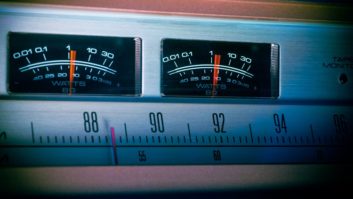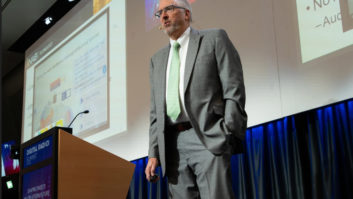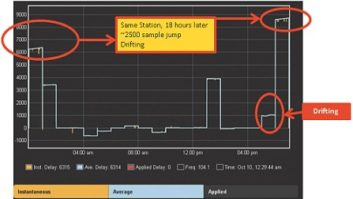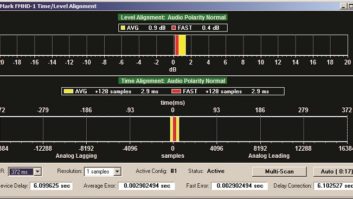What seems to be missing in the discussion of HD Radio penetration and coverage is a method of correcting the design inadequacy of the average HD Radio. There are many HD Radios that are inadequate — even their FM analog performance is second- and sometimes third-rate.
By using proven radio design concepts as a thought model, it lends credibility to the concept that a “wide-band” receiver is not usually the best concept for weak signal reception.
To the contrary, the direct conversion outputs or IF outputs of several discrete customized, bandwidth receivers, when multiplexed back together, as a single stream, will yield increased receiver sensitivity and selectivity. This recovery method could deliver an improved image of each discrete received component, and quite possibly do so without the need for any power increase.
Realizing that the HD Radio components’ upper and lower data signals (sidebands of a sort to the main FM signal) can be separately recovered as discrete signal packets by a narrow band method of reception, it might be worth visiting the design concept of a separate narrow-band receiver for each of the sideband elements that make up the HD signal envelope.
There could be some real challenges in perfecting the reconstitution of the two discrete HD components to yield a usable packet for HD reception, but the benefits to “interference rejection” are likely to be respectable, once perfected.
By this method of design, each element of such a “composite radio” could use customized bandwidth to maximize reception of each broadcast signal component (lower HD signal, main FM signal, upper HD signal). “Real” gains in sensitivity, selectivity and interference rejection could be realized.
Is it possible that no increase in the transmitted HD signals would be required, if the design of the HD receiver was optimized properly? Is it possible that the concept of a redesigned and optimized HD Radio receiver should be considered, before granting any power increases, for the transmitted HD sidebands?
Without any doubt, increasing the power of the HD transmitted sidebands will increase the interference to the reception of adjacent, distant and/or weak signals that listeners may wish to receive. Even now, interference is an issue, in some instances, at the present power level that is authorized for the HD sidebands.
HD transmission provides some real benefits that must be appreciated. However, there are other “thought processes” that could be investigated before throwing in the towel and using the “more power” theory as the easily assumed cure for any and all reception problems.
Frank Hertel
Newman Kees RF Measurements & Eng.
Evansville, Ind.












